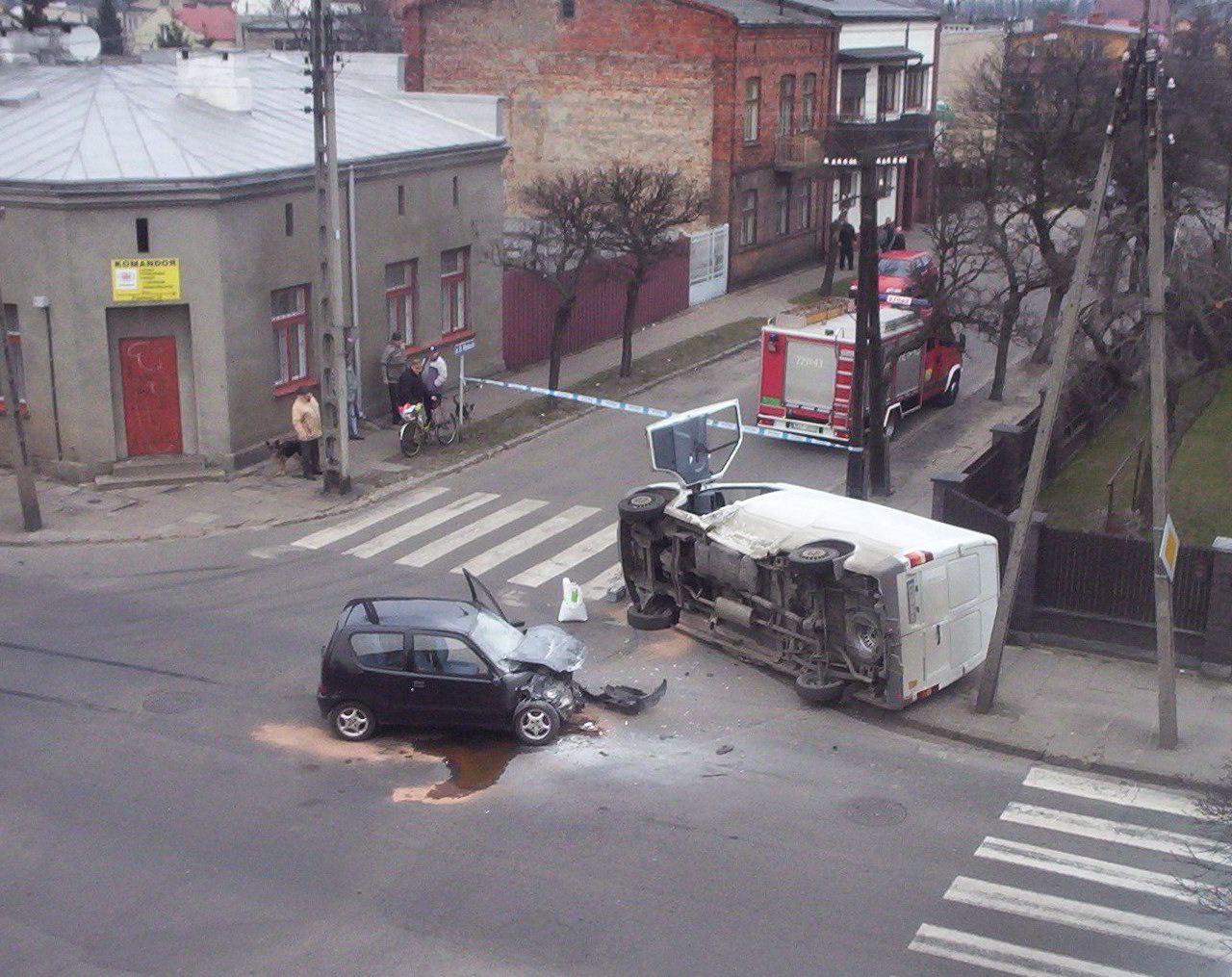|
Afternoon
Afternoon is the time between noon and sunset or evening. It is the time when the sun is descending from its peak in the sky to somewhat before its terminus at the horizon in the west. In human life, it occupies roughly the latter half of the standard work and school day. In literal terms, it refers to a time specifically after noon. Terminology Afternoon is often defined as the period between noon and sunset. If this definition is adopted, the specific range of time varies in one direction: noon is defined as the time when the sun reaching its highest point in the sky, but the boundary between afternoon and evening has no standard definition. However, before a period of transition from the 12th to 14th centuries, ''noon'' instead referred to 3:00 pm. Possible explanations include shifting times for prayers and midday meals, along which one concept of ''noon'' was defined—and so ''afternoon'' would have referred to a narrower timeframe. The word ''afternoon'', which de ... [...More Info...] [...Related Items...] OR: [Wikipedia] [Google] [Baidu] |
Morning
Morning is either the period from sunrise to noon, or the period from midnight to noon. In the first definition it is preceded by the twilight period of dawn, and there are no exact times for when morning begins (also true of evening and night) because it can vary according to one's latitude, and the hours of daylight at each time of year. However, morning strictly ends at noon, when afternoon starts. Morning precedes afternoon, evening, and night in the sequence of a day. Originally, the term referred to sunrise. Etymology The Modern English words "morning" and "tomorrow" began in Middle English as , developing into , then , and eventually . English, unlike some other languages, has separate terms for "morning" and "tomorrow", despite their common root. Other languages, like Dutch, Scots and German, may use a single wordto signify both "morning" and "tomorrow". Significance Cultural implications Morning prayer is a common practice in several religions. The morning pe ... [...More Info...] [...Related Items...] OR: [Wikipedia] [Google] [Baidu] |
Evening
Evening is the period of a day that begins at the end of daylight and overlaps with the beginning of night. It generally indicates the period of time when the sun is close to the horizon and comprises the periods of civil, nautical and astronomical twilight. The exact times when evening begins and ends are subjective and depend on location and time of year. It may be used colloquially to include the last waning daytime shortly before sunset. Etymology The word is derived from the Old English ''ǣfnung'', meaning 'the coming of evening, sunset, time around sunset', which originated from ''æfnian'', meaning "become evening, grow toward evening". The Old English ''æfnian'' originated from ''æfen'' (eve), which meant "the time between sunset and darkness", and was synonymous with even (Old English ''æfen''), which meant the end of the day. The use of "evening" dates from the mid 15th century. Start time The ''Encyclopædia Britannica'' defines evening as varying according to d ... [...More Info...] [...Related Items...] OR: [Wikipedia] [Google] [Baidu] |
Diurnality
Diurnality is a form of plant and ethology, animal behavior characterized by activity during daytime, with a period of sleeping or other inactivity at night. The common adjective used for daytime activity is "diurnal". The timing of activity by an animal depends on a variety of environmental factors such as the temperature, the ability to gather food by sight, the risk of predation, and the time of year. Diurnality is a cycle of activity within a 24-hour period; cyclic activities called circadian rhythms are endogenous cycles not dependent on external cues or environmental factors except for a zeitgeber. Animals active during twilight are crepuscular, those active during the night are nocturnal and animals active at sporadic times during both night and day are cathemerality, cathemeral. Plants that open their flowers during the daytime are described as diurnal, while those that bloom during nighttime are nocturnal. The timing of flower opening is often related to the time at whic ... [...More Info...] [...Related Items...] OR: [Wikipedia] [Google] [Baidu] |
Wien T%C3%BCrkenschanzpark (2376611600)
Vienna ( ; ; ) is the capital city, capital, List of largest cities in Austria, most populous city, and one of Federal states of Austria, nine federal states of Austria. It is Austria's primate city, with just over two million inhabitants. Its larger metropolitan area has a population of nearly 2.9 million, representing nearly one-third of the country's population. Vienna is the Culture of Austria, cultural, Economy of Austria, economic, and Politics of Austria, political center of the country, the List of cities in the European Union by population within city limits, fifth-largest city by population in the European Union, and the most-populous of the List of cities and towns on the river Danube, cities on the river Danube. The city lies on the eastern edge of the Vienna Woods (''Wienerwald''), the northeasternmost foothills of the Alps, that separate Vienna from the more western parts of Austria, at the transition to the Pannonian Basin. It sits on the Danube, and is ... [...More Info...] [...Related Items...] OR: [Wikipedia] [Google] [Baidu] |
Factory Farm
Intensive animal farming, industrial livestock production, and macro-farms, also known as factory farming, is a type of intensive agriculture, specifically an approach to mass animal husbandry designed to maximize production while minimizing costs. To achieve this, agribusinesses keep livestock such as cattle, poultry, and fish at high stocking densities, at large scale, and using modern machinery, biotechnology, pharmaceutics, and international trade.5,000 pigs per year; as of 2022 this grew to 94.5%. From its American and West European heartland, intensive animal farming became globalized in the later years of the 20th century and is still expanding and replacing traditional practices of stock rearing in an increasing number of countries. In 1990 intensive animal farming accounted for 30% of world meat production and by 2005, this had risen to 40%. Process The aim is to produce large quantities of meat, eggs, or milk at the lowest possible cost. Food is supplied in place. Met ... [...More Info...] [...Related Items...] OR: [Wikipedia] [Google] [Baidu] |
Thermoregulation In Humans
As in other mammals, human thermoregulation is an important aspect of homeostasis. In thermoregulation, body heat is generated mostly in the deep organs, especially the liver, brain, and heart, and in contraction of skeletal muscles. Humans have been able to adapt to a great diversity of climates, including hot humid and hot arid. High temperatures pose serious stress for the human body, placing it in great danger of injury or even death. For humans, adaptation to varying climatic conditions includes both physiological mechanisms resulting from evolution and behavioural mechanisms resulting from conscious cultural adaptations.Harrison, G.A., Tanner, J.M., Pilbeam, D.R., & Baker, P.T. (1988) ''Human Biology: An introduction to human evolution, variation, growth, and adaptability''. (3rd ed). Oxford: Oxford University PressWeiss, M.L., & Mann, A.E. (1985) ''Human Biology and Behaviour: An anthropological perspective''. (4th ed). Boston: Little Brown There are four avenues of heat loss ... [...More Info...] [...Related Items...] OR: [Wikipedia] [Google] [Baidu] |
Carbon Dioxide
Carbon dioxide is a chemical compound with the chemical formula . It is made up of molecules that each have one carbon atom covalent bond, covalently double bonded to two oxygen atoms. It is found in a gas state at room temperature and at normally-encountered concentrations it is odorless. As the source of carbon in the carbon cycle, atmospheric is the primary carbon source for life on Earth. In the air, carbon dioxide is transparent to visible light but absorbs infrared, infrared radiation, acting as a greenhouse gas. Carbon dioxide is soluble in water and is found in groundwater, lakes, ice caps, and seawater. It is a trace gas Carbon dioxide in Earth's atmosphere, in Earth's atmosphere at 421 parts per million (ppm), or about 0.042% (as of May 2022) having risen from pre-industrial levels of 280 ppm or about 0.028%. Burning fossil fuels is the main cause of these increased concentrations, which are the primary cause of climate change.IPCC (2022Summary for pol ... [...More Info...] [...Related Items...] OR: [Wikipedia] [Google] [Baidu] |
Maize
Maize (; ''Zea mays''), also known as corn in North American English, is a tall stout grass that produces cereal grain. It was domesticated by indigenous peoples in southern Mexico about 9,000 years ago from wild teosinte. Native Americans planted it alongside beans and squashes in the Three Sisters polyculture. The leafy stalk of the plant gives rise to male inflorescences or tassels which produce pollen, and female inflorescences called ears. The ears yield grain, known as kernels or seeds. In modern commercial varieties, these are usually yellow or white; other varieties can be of many colors. Maize relies on humans for its propagation. Since the Columbian exchange, it has become a staple food in many parts of the world, with the total production of maize surpassing that of wheat and rice. Much maize is used for animal feed, whether as grain or as the whole plant, which can either be baled or made into the more palatable silage. Sugar-rich varieties called sw ... [...More Info...] [...Related Items...] OR: [Wikipedia] [Google] [Baidu] |
Photosynthesis
Photosynthesis ( ) is a system of biological processes by which photosynthetic organisms, such as most plants, algae, and cyanobacteria, convert light energy, typically from sunlight, into the chemical energy necessary to fuel their metabolism. ''Photosynthesis'' usually refers to oxygenic photosynthesis, a process that produces oxygen. Photosynthetic organisms store the chemical energy so produced within intracellular organic compounds (compounds containing carbon) like sugars, glycogen, cellulose and starches. To use this stored chemical energy, an organism's cells metabolize the organic compounds through cellular respiration. Photosynthesis plays a critical role in producing and maintaining the oxygen content of the Earth's atmosphere, and it supplies most of the biological energy necessary for complex life on Earth. Some bacteria also perform anoxygenic photosynthesis, which uses bacteriochlorophyll to split hydrogen sulfide as a reductant instead of water, p ... [...More Info...] [...Related Items...] OR: [Wikipedia] [Google] [Baidu] |
Psychological Stress
In psychology, stress is a feeling of emotional strain and pressure. Stress is a form of psychological and mental discomfort. Small amounts of stress may be beneficial, as it can improve athletic performance, motivation and reaction to the environment. Excessive amounts of stress, however, can increase the risk of strokes, heart attacks, ulcers, and mental illnesses such as depression and also aggravate pre-existing conditions. Psychological stress can be external and related to the environment, but may also be caused by internal perceptions that cause an individual to experience anxiety or other negative emotions surrounding a situation, such as pressure, discomfort, etc., which they then deem stressful. Hans Selye (1974) proposed four variations of stress. On one axis he locates good stress ( eustress) and bad stress (distress). On the other is over-stress (hyperstress) and understress (hypostress). Selye advocates balancing these: the ultimate goal would be to balance ... [...More Info...] [...Related Items...] OR: [Wikipedia] [Google] [Baidu] |
Metabolism
Metabolism (, from ''metabolē'', "change") is the set of life-sustaining chemical reactions in organisms. The three main functions of metabolism are: the conversion of the energy in food to energy available to run cellular processes; the conversion of food to building blocks of proteins, lipids, nucleic acids, and some carbohydrates; and the elimination of metabolic wastes. These enzyme-catalyzed reactions allow organisms to grow and reproduce, maintain their Structures#Biological, structures, and respond to their environments. The word ''metabolism'' can also refer to the sum of all chemical reactions that occur in living organisms, including digestion and the transportation of substances into and between different cells, in which case the above described set of reactions within the cells is called intermediary (or intermediate) metabolism. Metabolic reactions may be categorized as ''catabolic''—the ''breaking down'' of compounds (for example, of glucose to pyruvate by c ... [...More Info...] [...Related Items...] OR: [Wikipedia] [Google] [Baidu] |
Blood Sugar
The blood sugar level, blood sugar concentration, blood glucose level, or glycemia is the measure of glucose concentrated in the blood. The body tightly regulates blood glucose levels as a part of metabolic homeostasis. For a 70 kg (154 lb) human, approximately four grams of dissolved glucose (also called "blood glucose") is maintained in the blood plasma at all times. Glucose that is not circulating in the blood is stored in skeletal muscle and liver cells in the form of glycogen; in fasting individuals, blood glucose is maintained at a constant level by releasing just enough glucose from these glycogen stores in the liver and skeletal muscle in order to maintain homeostasis. Glucose can be transported from the intestines or liver to other tissues in the body via the bloodstream. Cellular glucose uptake is primarily regulated by insulin, a hormone produced in the pancreas. Once inside the cell, the glucose can now act as an energy source as it undergoes the pr ... [...More Info...] [...Related Items...] OR: [Wikipedia] [Google] [Baidu] |








